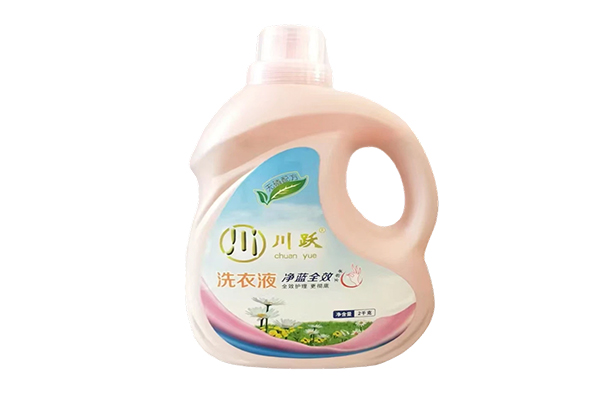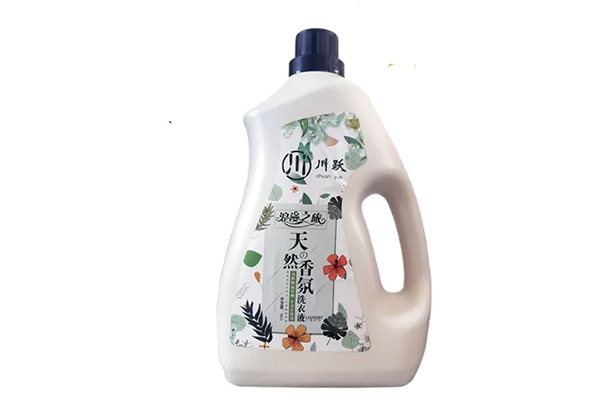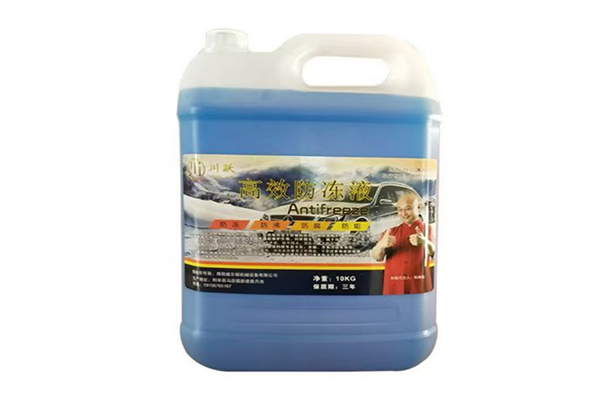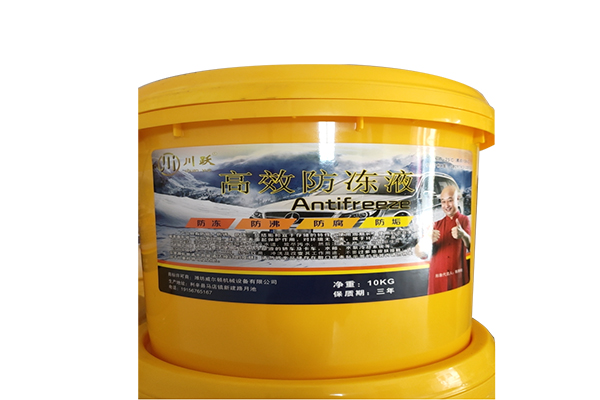How do the rheological properties of dishwashing liquid affect its cleaning performance in low-temperature environments?
Release Time : 2025-09-15
At low temperatures, the rheological properties of dishwashing liquids directly impact their cleaning performance by altering their viscosity, fluidity, and molecular alignment. This impact is reflected in multiple aspects, including surfactant migration efficiency, oil emulsification, and uniform contact with stains, ultimately determining the speed and thoroughness of stain removal.
Low temperatures first significantly increase the viscosity of dishwashing liquids. As the temperature decreases, molecular thermal motion weakens, and interactions between surfactant molecules intensify, resulting in a decrease in solution fluidity. This thickening effect hinders the rapid migration of surfactants to the oil-stain interface, prolonging the contact time between the detergent and the stain. For example, when washing dishes, high-viscosity dishwashing liquids may not quickly penetrate the bottom of the oil stains, instead accumulating on the surface and reducing cleaning efficiency. Furthermore, the thickened dishwashing liquid experiences increased resistance as it flows across the dishware surface, making it difficult to evenly cover all areas and creating blind spots.
Low temperatures' effect on the molecular alignment of surfactants weakens their emulsification ability. At room temperature, surfactant molecules quickly form micelles, encapsulating oil stains and dispersing them in water. However, at low temperatures, molecular motion slows, micelle formation slows, and structural stability decreases. This results in incomplete emulsification and mixing of oil and dishwashing liquid, causing some oil to reaggregate or adhere to dishware surfaces. Especially when dealing with stubborn oil stains, insufficient emulsification at low temperatures significantly increases cleaning difficulty, requiring repeated wiping or extended soaking times to achieve optimal results.
Low temperatures also alter the foam properties of dishwashing liquids, indirectly affecting cleaning performance. Foam is a stable structure formed by surfactants arranged at the air-liquid interface. Its formation and maintenance depend on the thermal motion of molecules. Low temperatures reduce the speed and stability of foam formation, resulting in a reduced amount of foam produced during the cleaning process and increased susceptibility to breakage. Foam has a dual role in cleaning: it absorbs oil and prevents its redeposition, while also assisting in stain removal through mechanical friction. The reduction in foam at low temperatures weakens these functions, making it more likely for oil to reattach to dishware surfaces during cleaning, reducing overall cleaning effectiveness.
Furthermore, the effect of low temperatures on auxiliary components in dishwashing liquids can indirectly impact cleaning performance. For example, thickeners may overwork at low temperatures, making dishwashing liquid too thick and difficult to squeeze out of the container or spread evenly. Preservatives may also lose solubility at low temperatures, causing some components to precipitate and affect the stability and cleaning ability of the dishwashing liquid. The release rate of volatile ingredients, such as fragrances, slows at low temperatures. While this doesn't directly affect cleaning performance, it may alter the user's perception of product performance.
It is worth noting that dishwashing liquids with different formulations exhibit varying rheological properties at low temperatures. Dishwashing liquids containing nonionic surfactants generally exhibit better low-temperature stability than anionic products because their molecular structure is less susceptible to temperature changes. Formulas containing antifreeze agents can effectively lower the freezing point of dishwashing liquids, preventing them from freezing or over-thickening at low temperatures. These technical measures can mitigate the negative impact of low temperatures on cleaning performance to a certain extent.
In practice, users can adjust their usage to compensate for the effects of low temperatures on dishwashing liquid performance. For example, appropriately increasing the amount of dishwashing liquid or extending the soaking time can compensate for the decreased migration rate of the surfactant; diluting the dishwashing liquid with warm water can both reduce viscosity and increase molecular activity; choosing a product with good low-temperature stability, or prioritizing concentrated dishwashing liquid and diluting it according to the recommended ratio can help users maintain the cleaning effectiveness of the dishwashing liquid in low-temperature environments.







